Planescape has always been hugely fascinating. But everyone will agree that it is very big. And I think many will admit that perhaps it might be too big. 17 outer planes, most with three or four layers, some with much more than that; and 18 inner planes. It does get a bit overwhelming.
While I was working on my Green Sun setting, I was drawing inspirations for the Otherworlds very heavily from Planescape. However, only from a small number of planes, all of which I would consider to be among the somewhat more obscure ones. You know which ones are the famous and popular ones: The Abyss, Baator, Limbo, Mechanus, and Celestia, with Hades, Elysium, and Arborea also having some claim to minor fame. These happen to be the “even numbered” planes; the ones that correspond directly to the nine alignments. It’s the “odd numbered” ones between them that very rarely seem to be given any attention. And I have to say, after 20-something years, the primary planes have started to feel a bit stale and overdone, while the secondary ones still hold much more fascination for me.
This got me the idea: How about running a Planescape campaign in which the outer planes only conist of the secondary planes? And only having four elemental inner planes should also be enough.
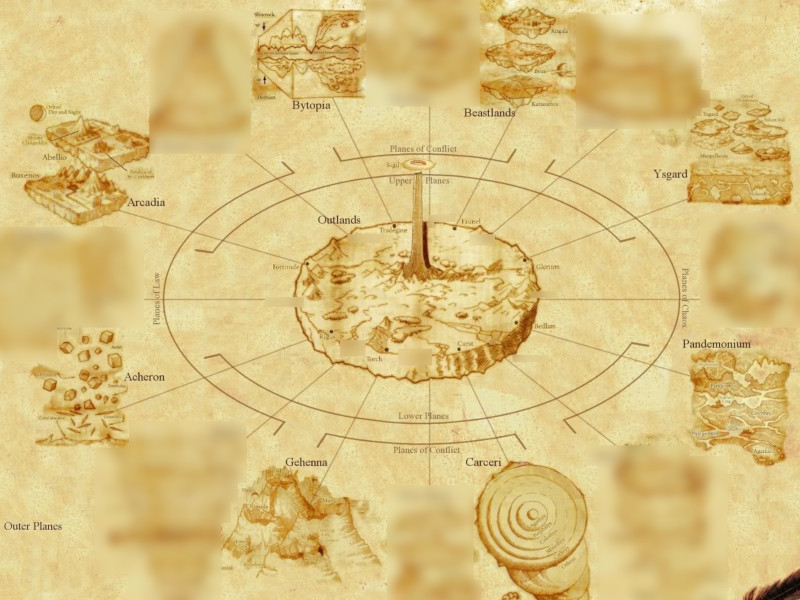 I admit, Bytopia and Arcadia still look pretty bland and boring in the Lawful Good corner. But then, I don’t think Celestia and Elysium ever did any better. But I do think that you could do something interesting with players having to do errands in Arcadia and the place feeling slightly too lawful for being balanced in its lawful goodness. After all, this is where the Harmonium has its main base, and these berks aren’t quite known for their politeness and ompassion.
I admit, Bytopia and Arcadia still look pretty bland and boring in the Lawful Good corner. But then, I don’t think Celestia and Elysium ever did any better. But I do think that you could do something interesting with players having to do errands in Arcadia and the place feeling slightly too lawful for being balanced in its lawful goodness. After all, this is where the Harmonium has its main base, and these berks aren’t quite known for their politeness and ompassion.
I’ve never been thinking much of either Bytopia or Archeron, but their crazy landscape should be able to provide some short term fun. I think the odd one out is actually Ysgard. I can’t really imagine it as anything other than Viking Land.
I fully admit that Gehenna, Carceri, and Pandemonium are where my real love lies. These are the more desolate hells, which I really like. Very Dark Souls, I might say.
I’ve put so much work into my Green Sun setting that is finally turning into something really playable, so my next campaign just has to be set there. But the idea of using only half of Planescape without the worn out standard planes makes me once more quite exited to jump into that setting as well.
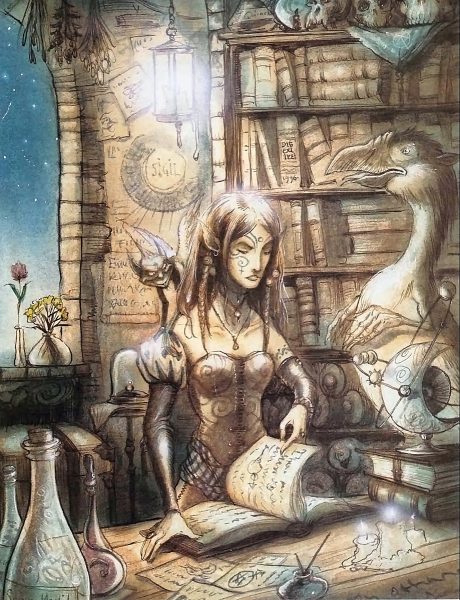

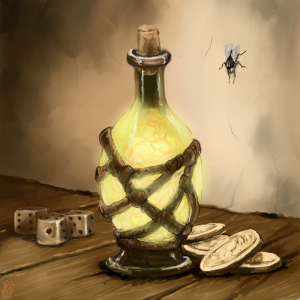 Hemra
Hemra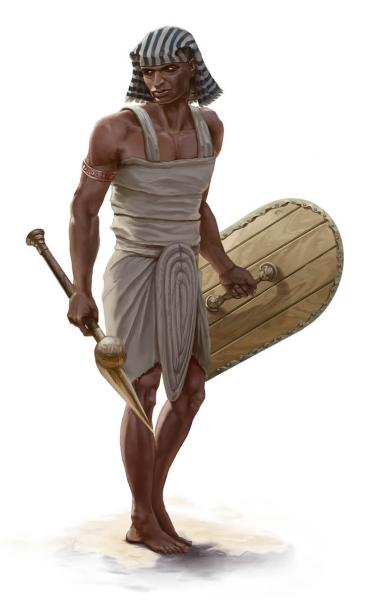
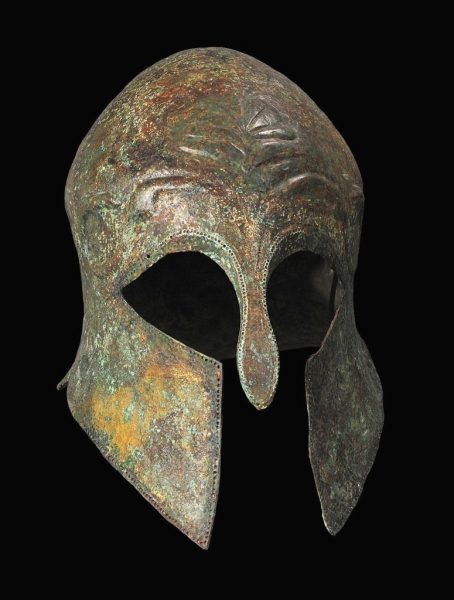
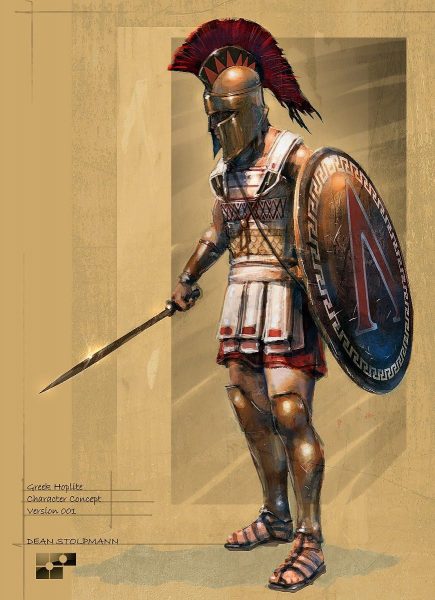
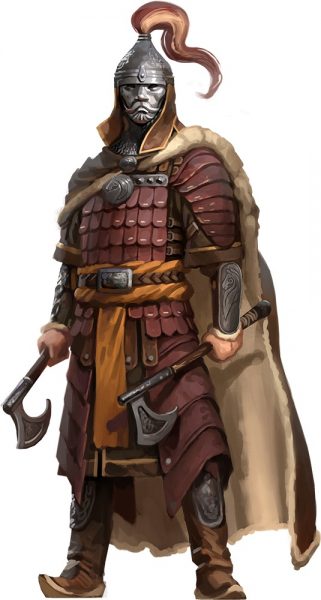
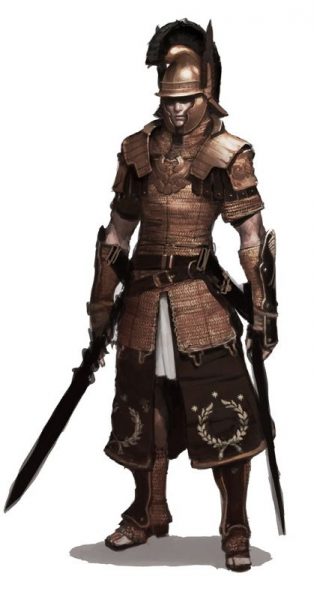
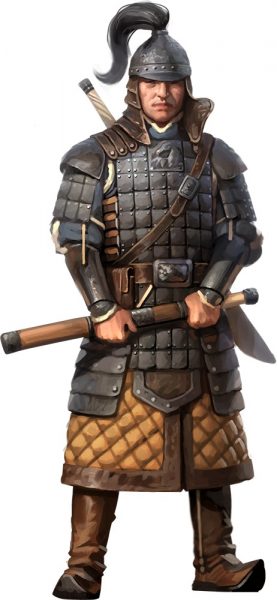
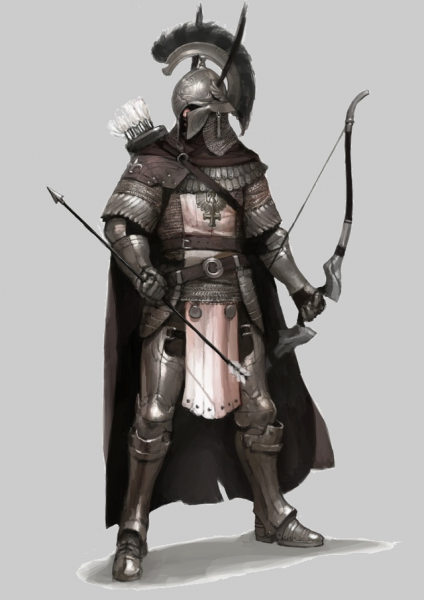
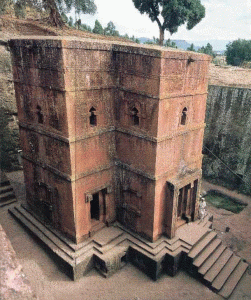

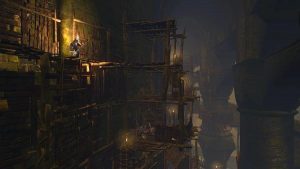
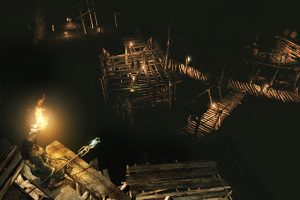 The floorplan consists of 29 vaults that are 30 x 30 meters at the base and between 120 to 180 meters in height. To not go insane with the maps, the platforms and bridges are arranged into 5 levels. To hold up the roof, there are also 4 solid “towers” of 30 x 30 meters in the corners, which have 10 internal levels of rooms, and 4 in the center of the building that have 12 levels.
The floorplan consists of 29 vaults that are 30 x 30 meters at the base and between 120 to 180 meters in height. To not go insane with the maps, the platforms and bridges are arranged into 5 levels. To hold up the roof, there are also 4 solid “towers” of 30 x 30 meters in the corners, which have 10 internal levels of rooms, and 4 in the center of the building that have 12 levels.